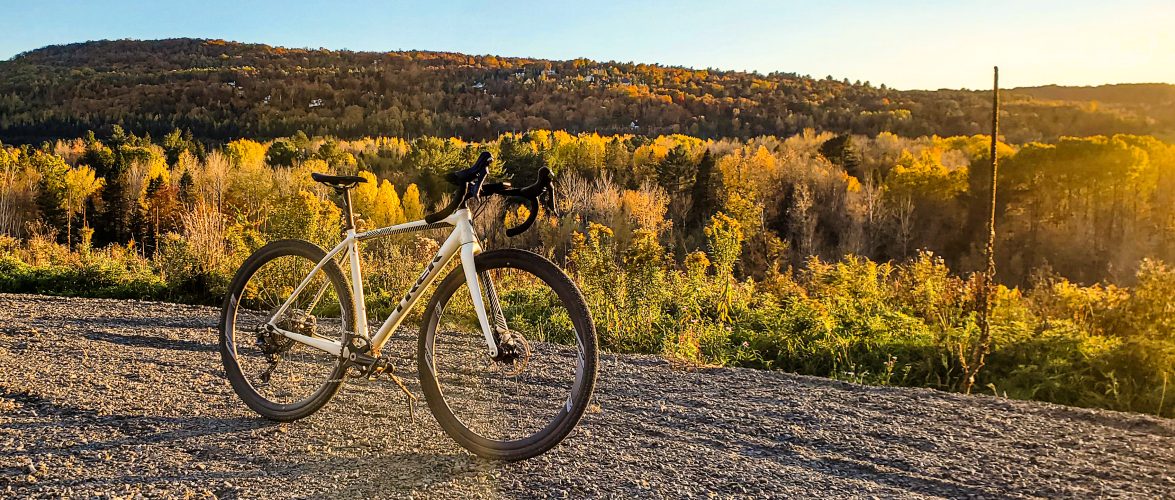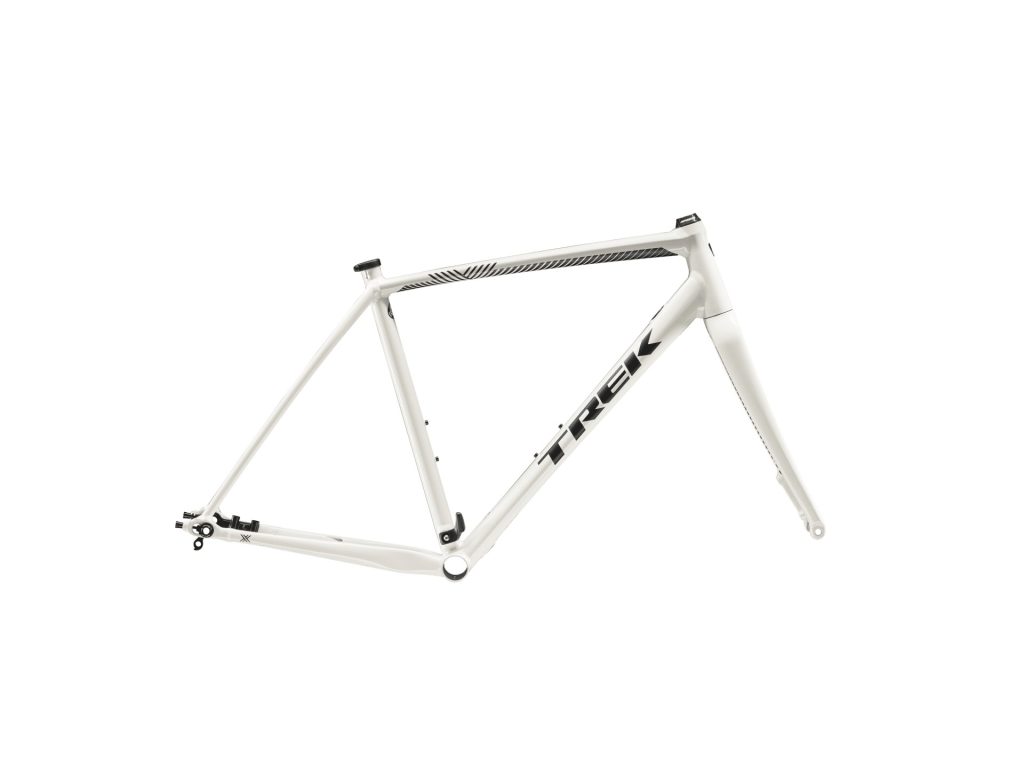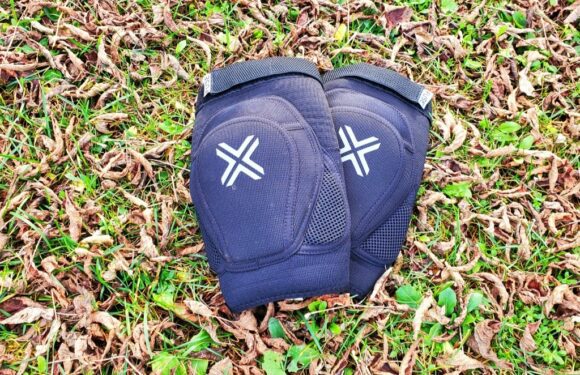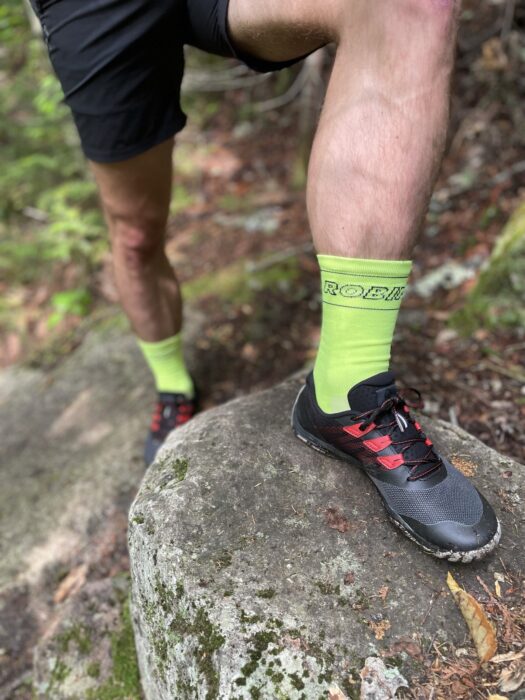
As the cyclocross season approached, I found myself wondering about the role of cyclocross bikes in today’s gravel biking scene. With gravel-specific bikes rapidly evolving to handle rougher terrain and longer adventures, are cyclocross bikes still relevant in this expanding discipline? Curious to find out, I decided to assemble a cyclocross bike to test this theory, exploring its features and capabilities in a gravel setting to see just how well it can hold its ground in 2024.
Cyclocross vs. Gravel: Key Differences
At first glance, cyclocross (CX) bikes and gravel bikes share many similarities. Both are built to handle a variety of terrain, typically feature drop bars, and come equipped with disc brakes for superior stopping power. However, the distinction between the two lies in their intended use and subtle design tweaks.
Cyclocross bikes are designed for short, intense races that involve technical handling, fast accelerations, and often muddy conditions. They tend to have aggressive geometries with a higher bottom bracket, tighter wheelbase, and limited tire clearance (usually maxing out around 33-35mm). This makes them responsive and agile, perfect for quick accelerations and technical cornering but less forgiving on long, rough gravel rides.
Gravel bikes, on the other hand, are built for long, varied terrain rides. Their geometry is more relaxed for stability and comfort over extended distances, and they usually feature more tire clearance, accommodating tires up to 45mm or wider. Many gravel bikes also include mounts for bikepacking gear, fenders, and additional water bottles, making them more versatile for long adventures.
Building the Testing Mule
To put my theory to the test, I started by picking up a used 2019 Trek Crockett disc frameset on Marketplace. This frame seemed like the ideal foundation—lightweight, durable, and versatile, with a strong cyclocross pedigree that would be ready for the gravel challenges ahead.
The components

To complete the build, FSA,WTB,Wolf tooth and Technocycle contributed a range of components, each selected to enhance performance on gravel trails, and we reviewed most of them for their effectiveness in this setup.
- Stem: FSA Gossamer
- Tires: WTB Venture 700×40
- Saddle: WTB Gravelier
- Wheelset: FSA NS AGX i25
- Seatpost: FSA Gossamer
- Crankset: FSA Gossamer Pro Modular AGX+ 1X
- Cassette: Shimano XT 11-46
- Derailleur: Shimano GRX RD-RX812 11 speed with Wolf Tooth Goatlink 11s
- Handlebar: FSA A-Wing AGX
- Shifting/Brake Lever: Shimano Ultegra 1×11
Together, these components create a setup that brings agility, durability, and comfort to the build, designed to push the limits of what a cyclocross bike can achieve on gravel.
The Testing Experience

With the bike built and ready, I took it out on a range of gravel terrains to explore its performance, comfort, and handling over varied surfaces. Additionally, I started a bike fit with Benoit Simard from Espresso Sports, refining the setup to better align with the demands of longer gravel rides and technical sections. Here’s how the testing went in the real world:
- Handling and Responsiveness
The cyclocross geometry of the Trek Crockett was immediately noticeable on gravel sections, providing sharp, responsive handling in tighter turns and allowing for quick accelerations on open stretches. This setup shined on smoother gravel and dirt roads, where the bike’s agility made it easy to maneuver around obstacles and maintain speed on winding paths. The FSA A-Wing AGX handlebars enhanced control, giving a confident grip even in challenging sections. - Grip and Stability
Equipped with WTB Venture 700×40 tires, I was impressed by the level of grip and stability offered on both hard-packed gravel and loose dirt. The 40mm width pushed the typical CX tire boundary, adding a level of comfort and traction not commonly found on cyclocross setups. These tires handled well over rocky patches and sandy spots, though rougher sections reminded me of the CX bike’s limitations in absorbing vibrations. - Climbing and Descending
On climbs, the FSA Gossamer Pro Modular AGX+ crankset provided a smooth and consistent power transfer. Combined with the 1×11 Shimano XT 11-46 cassette, the setup offered plenty of range for steep climbs. The bike remained responsive on ascents, allowing me to maintain good traction and control without losing momentum. Descending was equally enjoyable—the stiff geometry kept the bike stable, though on steeper, rockier descents, the narrow tire clearance was slightly limiting compared to a dedicated gravel bike. - Comfort on Extended Rides
While cyclocross bikes are designed for shorter races, I pushed the limits on longer rides to see how the setup would fare over time. The WTB Gravelier saddle provided comfort throughout, but the more aggressive CX geometry did lead to some fatigue after hours in the saddle, particularly on rougher surfaces. Without the slacker, more relaxed fit of a gravel bike, the handling became a bit more demanding on technical sections. That said, for a few hours on mixed terrain, this cyclocross setup handled admirably.
Cyclocross Bikes on Gravel in 2024: A Good Fit?
So, where does that leave the cyclocross bike in 2024? While gravel bikes have certainly carved out their own niche, cyclocross bikes still hold plenty of value, particularly for riders looking for a bike that can pull double duty.
- Speed and Agility
Cyclocross bikes excel in situations where speed, agility, and precision are needed. If your gravel adventures lean more toward fast-paced rides with plenty of punchy climbs and sharp corners, a cyclocross bike could still be an excellent choice. Their stiffer, race-oriented geometry makes them feel more lively and responsive on smoother gravel and hard-packed dirt roads. - Technical Handling
If you’re navigating more technical gravel routes, a cyclocross bike’s geometry, which emphasizes fast handling and quick responses, could be a real advantage. While gravel bikes prioritize comfort and stability, a cyclocross bike can still provide the necessary control when you’re threading the needle through tight turns or navigating tricky terrain. - Versatility for Racing
For cyclists who dabble in both gravel racing and cyclocross events, a cyclocross bike can be a versatile choice. With a simple swap of tires, you can have a race-ready bike for both types of events. This can save time, money, and garage space for those who want to do it all without buying a dedicated gravel bike.
Modern Technology Levels the Playing Field
In 2024, many cyclocross bikes feature technology advancements that make them more adaptable for gravel riding. Tubeless tires, wider rims, and disc brakes have all become standard, allowing cyclocross bikes to handle a wider variety of surfaces and improving their comfort on longer rides. Additionally, some brands are even starting to design CX bikes with more clearance for wider tires, bridging the gap between CX and gravel.
Limitations to Consider
However, there are limitations to consider before opting for a cyclocross bike as your gravel rig.
- Tire Clearance
Cyclocross bikes typically max out around 33-35mm tires, whereas gravel bikes often accommodate tires up to 45mm or even larger. For riders tackling rougher terrain, the added volume of wider tires can provide more comfort, grip, and puncture protection. If your gravel routes are particularly gnarly, you might find the tire limitations of a CX bike restrictive. - Comfort on Long Rides
Cyclocross bikes are designed for short, intense efforts rather than all-day rides. The more aggressive geometry might lead to discomfort on longer rides, especially when compared to the more relaxed fit of a gravel bike. For riders planning bikepacking adventures or multi-hour gravel epics, a dedicated gravel bike is likely the better choice. - Mounting Options
Cyclocross bikes often lack the mounting points for extra water bottles, racks, and bags, which are essential for bikepacking or long-distance gravel adventures. While there are workarounds, a gravel bike’s versatility shines in this department.
Conclusion
In 2024, while dedicated gravel bikes have clearly defined their place in the cycling world, cyclocross bikes still hold relevance for certain types of gravel riders. If your focus is on speed, technical handling, or racing both gravel and cyclocross, a cyclocross bike could still be a fantastic choice. However, for those seeking a more comfortable and versatile bike for longer rides, rougher terrain, or bikepacking, a gravel-specific bike might be the better investment.
Ultimately, the relevancy of cyclocross bikes for gravel biking in 2024 depends on what kind of rider you are and the types of adventures you seek. For some, the nimble and race-oriented nature of a CX bike is all they need to conquer both cyclocross circuits and gravel roads.









4 thoughts on “Can Cyclocross Bikes Handle Gravel in 2024? Here’s What I Found”
Comments are closed.